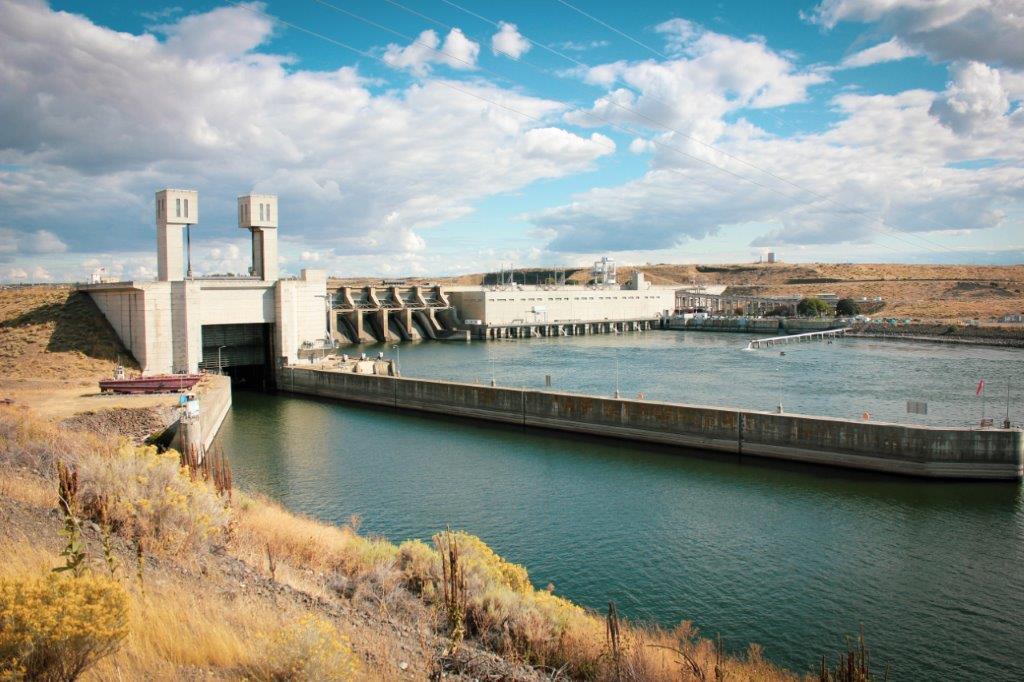The only way to replace the power and reliability the LSRD provide is to burn more coal or natural gas. The 2020 Columbia River System Operations Final Environmental Impact Statement concluded that even a carbon-free portfolio of solar power plus batteries would increase the region’s carbon footprint by 1.3 million metric tons per year, as existing fossil fueled plants would be more heavily relied upon to maintain grid reliability. Realistically, given the huge buildout of renewable energy resources needed just to decarbonize the grid, losing the carbon-free LSRD will inevitably force grid operators to run coal and natural gas generation more frequently and for a longer period of time (Source: 2022 NWRP-Energy GPS Report).
• The LSRD are critical to providing reliable, carbon-free power when wind and solar power are not available. As we lose 24×7 resources, like coal and natural gas, the LSRD will become more increasingly important to fill in the gaps for wind and solar power (Source: 2022 Energy GPS report).
• Removing the LSRD could raise electricity costs for customers by 25% or more (Source: 2020 CRSO Final EIS). Under a zero-carbon future, it would take 15,000 megawatts of new generation/battery storage and cost $15 billion to replace the on-demand generating capabilities of the LSRD (Source: 2022 Energy GPS Report). That figure excludes the loss of irrigation, barging, and other benefits the dams provide. In the context of other inflationary pressures, these sort of cost increases would represent an irreparable harm to vulnerable communities across the Northwest.
• The LSRD are critical to avoiding blackouts. The effects of climate change are upon us. The 2021 heat dome killed over 500 Pacific Northwest residents. The LSRD kept the power running for hundreds of thousands of Northwest residents (source: BPA), which likely prevented many more deaths. The 2020 CRSO EIS concluded that losing the LSRD could double the region’s likelihood of blackouts.
• The LSRD provide needed irrigation for farmers. Removal of the LSRD could mean the loss of 48,000 acres of land from agriculture and affect food production in three of Washington’s most productive agricultural counties. (Source: 2020 CRSO Final EIS)
• The LSRD are critical for farmers to get their goods to market. Their removal would eliminate barge traffic that supports 10% of our nation’s wheat movement for export. (Source: Pacific Northwest Waterways Association)
• Communities rely on the LSRD. The Port of Lewiston, the most inland port on the West Coast, and the Port of Clarkston would be essentially dry-docked, the local grain terminals delivering wheat for barge transportation would be rendered useless, riverfront parks would be closed, the thriving cruise ship industry would be eliminated, and municipal water threatened by dam removal. (Source: The Murray-Inslee Report)
Northwest RiverPartners – June 2022

